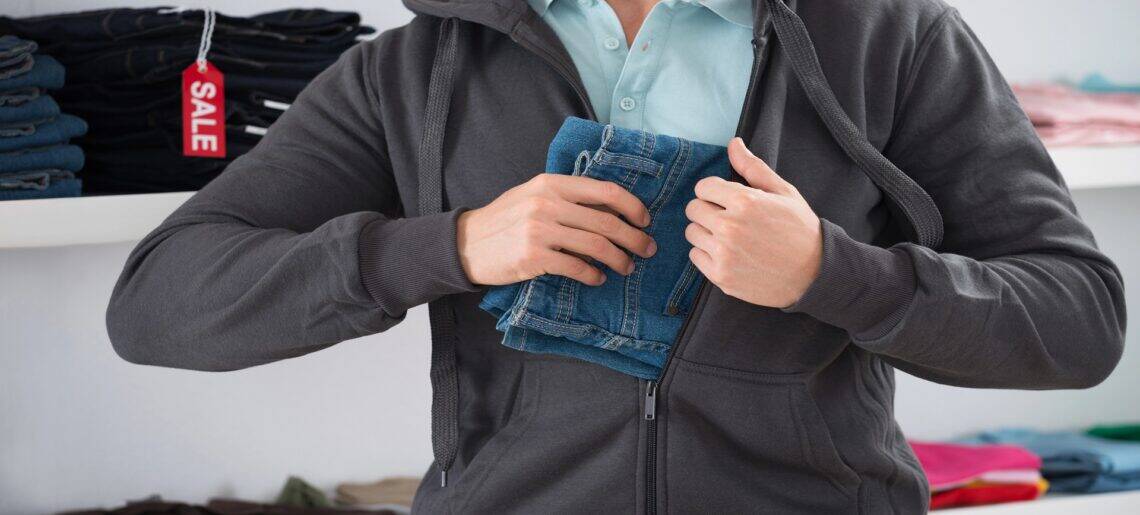Introduction
In today’s competitive retail landscape, effective loss prevention can make or break a business. Alberta Security guards play a vital role in reducing theft and enhancing store safety—but not all security guards are equally effective. What separates the best loss prevention officers (LPOs) from the rest? Superior observational skills and situational awareness.
Whether you’re new to the field or a seasoned professional, the right exercises can sharpen your instincts and make you an invaluable asset on any retail floor.
1. People-Watching in Public: Building Observational Muscle
Why it’s essential: Identifying suspicious behavior without drawing attention to yourself is a crucial skill in retail security.
- Where to train: Malls, transit hubs, or busy parks.
- How to do it: Watch people for 10–15 minutes. Note their body language, eye movements, and interactions.
- Goal: Distinguish between normal behavior and potential red flags like shoplifting cues.
Pro tip: This mirrors the in-store environment where your job is to spot suspicious activity while remaining discreet.
2. Spot the Difference: Enhance Your Attention to Detail
Why it’s crucial: Noticing changes in the retail environment—like moved merchandise or removed price tags—can be the first sign of theft.
- Where to train: Any familiar room or controlled setting.
- Exercise: Observe the room, step away, have someone make changes, and return to identify them.
- Goal: Sharpen your ability to detect minor yet meaningful alterations.
Pro tip: Start with obvious changes, then work toward the subtle—just like identifying theft in progress.
3. Situational Walkthroughs: Know Your Environment
Why it matters: A skilled LPO understands their surroundings thoroughly—from escape routes to blind spots.
- Where to do it: Retail stores, shopping malls, or public areas.
- Exercise: Conduct a “patrol” with a security mindset. Note entry/exit points, camera angles, and hidden corners.
- Goal: Develop situational awareness to anticipate where theft may occur.
Loss Prevention Insight: Knowing your layout gives you the upper hand in preventing incidents before they happen.
4. Learn by Watching Pros on Duty
Why it works: Observing experienced loss prevention security guards in action is one of the fastest ways to learn.
- Where: Grocery stores, department stores, or retailers with visible security staff.
- Exercise: Watch how guards move, where they stand, and how they interact (without interfering).
- Goal: Gain real-world perspective and refine your own approach.
Security Tip: Use what you observe to enhance your strategy.
5. Object Tracking: Improve Focus in Busy Environments
Why it’s vital: Following a suspect and the item they conceal is key to making a lawful apprehension.
- Where: Transit stations, supermarkets, or crowded malls.
- Exercise: Choose an item and mentally track its movement—note who touches it, where it moves, and any changes.
- Goal: Build the ability to focus amid distractions.
Security Tip: This skill can make the difference between catching a thief or losing sight of vital evidence.
Final Thoughts
Loss prevention relies heavily on observation, detail orientation, and strategic thinking. These practical exercises will not only enhance your awareness but also prepare you for real-world scenarios that security guards face daily.
Take Your Training to the Next Level
Want more advanced tips and techniques? Join our certified loss prevention training course today and become the expert every retailer needs.


